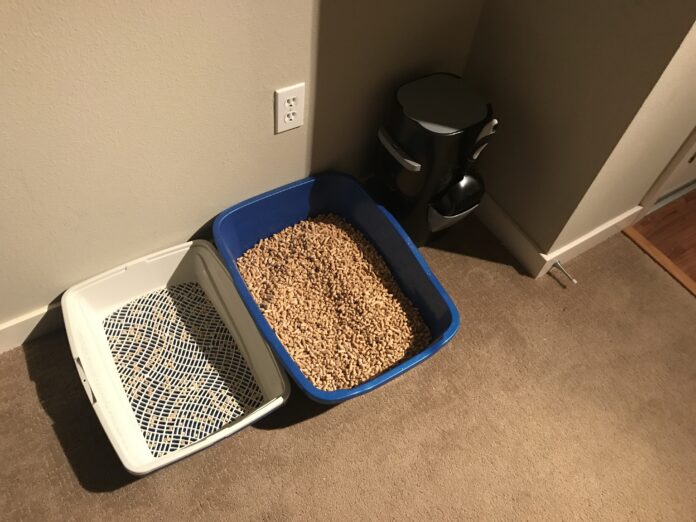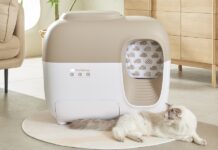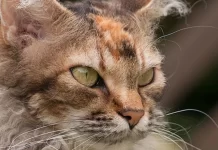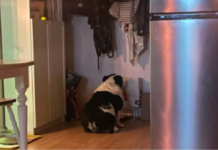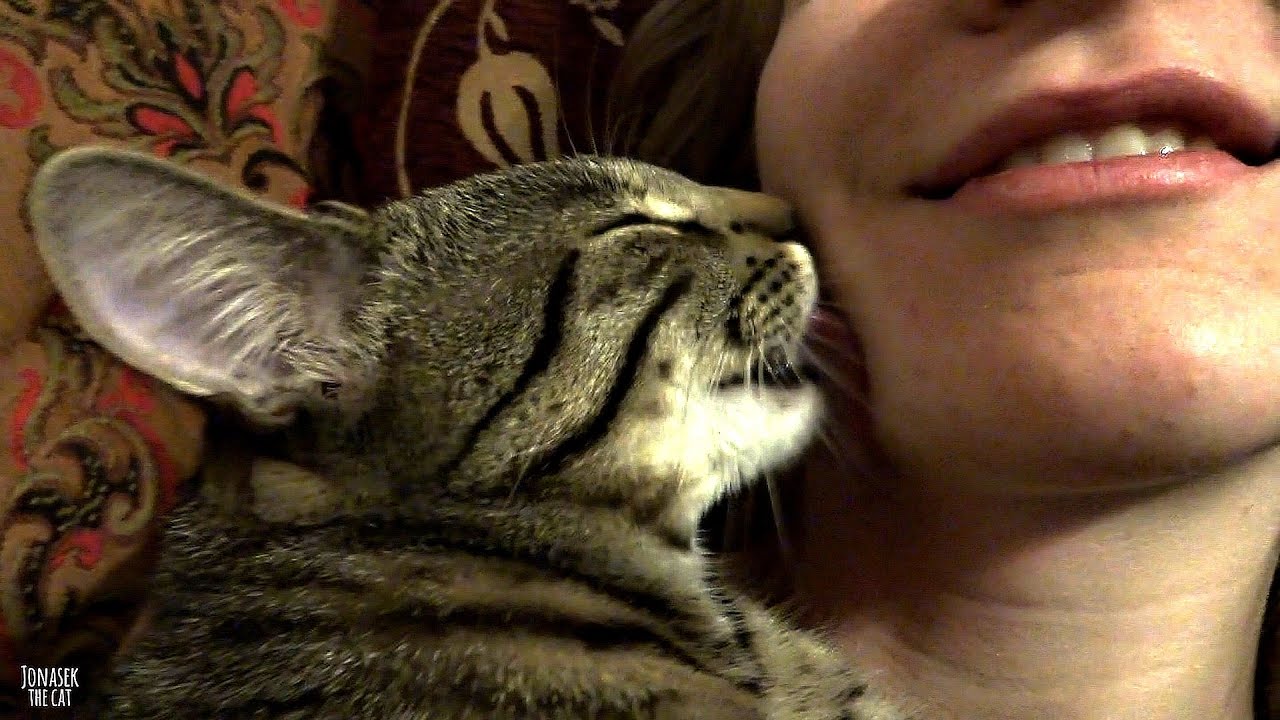Last Updated on September 30, 2023 by Fumipets
Clumping vs. Non-Clumping Litter: What’s Best for My Cat?
When it comes to cat litter, there are two primary types: clumping and non-clumping. Each type has its advantages and disadvantages, making the choice between them an important consideration for cat owners.
Here’s a summary of the key differences between clumping and non-clumping litter, along with five common questions and answers about these options:
Clumping Litter:
- What is it? Clumping litter is typically made from materials like clay, bentonite, or silica gel. It forms solid clumps when it comes into contact with moisture, making it easier to scoop out waste.
Advantages:
- Effortless waste removal, as urine and feces clump together for easy scooping.
- Reduced odor, thanks to the encapsulation of waste in clumps.
- Longer-lasting, as only soiled portions need to be replaced.
Non-Clumping Litter:
What is it? Non-clumping litter can consist of materials like clay, natural fibers, or crystals. It doesn’t form solid clumps when exposed to moisture.
Advantages:
- Generally more affordable than clumping alternatives.
- Some non-clumping litters are biodegradable and environmentally friendly.
- Suitable for cats with respiratory issues, as it produces less dust than clumping varieties.
Choosing between clumping and non-clumping cat litter is one of the most important considerations cat owners must make. All sorts have advantages and disadvantages, but which is better for you? People often purchase kitty litter without considering their demands and are later dissatisfied when it fails to fulfill those needs. To help you decide which sort of litter you need, we’ll compare the two varieties and discuss their advantages and disadvantages.
Overview of Non-Clumping Cat Litter
The original cat litter is non-clumping cat litter. It was created long before any clumping cat litters were created, and it may be found in a broad range of non-clumping materials. Corn, crystals, grass, clay, and wood are a few examples.
There are many more unusual and exotic materials to choose from if you’re ready to give up the ability for your cat litter to form clumps. How does this affect your ability to regulate odors, dust, the longevity of your litter, absorb moisture, or other factors?
How non-clumping cat litter works
Clay-based non-clumping cat litter alternatives are the most absorbent. Even if it doesn’t clump, it may absorb a lot of moisture before becoming too much. As crystal cat litters are not very absorbent but are recognized for excellent odor control, you are sacrificing absorbency for improved odor control.
In general, non-clumping litter functions the same as clumping litter, with the exception that it doesn’t clump. Depending on your preferences, this may be a good or bad thing.
Why choose non-clumping cat litter
Most “natural” non-clumping cat litters have a superior environmental scent as a trade-off, however. Moreover, non-clumping litter is lighter, contains less dust, and prevents tracking outside of the box.
Non-clumping litter is often less expensive than clumping litter for cat owners on a tight budget. There is a great deal of choice in how much money you spend since there are so many different material alternatives.
According to some criteria, non-clumping litter requires less upkeep than clumping cat litter since the clumps don’t need to be removed. Unless the litter box is cleaned, you leave the cat litter alone.
The use of non-clumping cat litter has both advantages and disadvantages. Waste smells are often better removed or “locked in” for a longer time by clumping cat litter. Moreover, clumps make it simpler to remove cat waste, allowing you to eliminate odor-causing factors and extend the lifespan of the litter.
Since you can’t clean non-clumping cat litter, its lifespan is shorter. You must only let the litter decompose naturally and dispose of the whole batch. As a result, you have to wait until the trash is too offensive to proceed. Some users may find it offensive that you use the scent of the cat litter to identify when your litter needs to be changed.
Pros
Cheaper than clumping litter
More material selection
Sometimes has better moisture absorption
Less daily maintenance
Cons
Doesn’t clump
Shorter litter box life
Harder to identify the location of cat waste
Changing of litter is determined by how “stinky” the litter box is
Overview of Clumping Cat Litter
With clumping cat litter, there are still a few different materials to choose from, but the variety is much less than for non-clumping. You won’t be able to profit from those advantages if you desire a clumping litter since the majority of specialist and natural material alternatives lack clumping properties.
Clay is the most often used substance for cat litter clumps. Even though it is the least expensive kind of litter, clumping types are nonetheless more expensive than non-clumping ones.
The use of a lot of clay in clumping cat litter results in increased amounts of dust and tracking as well as highly heavy litter.
Why choose clumping cat litter
Of course, the fact that clumping cat litter clumps is its most apparent advantage. You don’t need to constantly check the litter box for smells since you can easily control the odor by routinely removing the clumps.
The advantage of clumping litter is that it forms solid clumps around the trash, which makes it more effective in absorbing liquid waste than non-clumping variants in many cases.
Pros
Clumps
Longer litter box life
Easy to identify cat waste
Improved odor control
Cons
More expensive than non-clumping litter
Fewer material options
More dust and tracking
Requires daily maintenance
Other factors to consider when choosing your cat litter
After examining the distinctions between clumping and non-clumping cat litter, let’s now discuss some factors to take into account before making a purchase. Wet trash will be the subject of this lecture since solid garbage can be readily recovered from any sort of litter.
While selecting cat litter, there are two crucial factors to take into account:
1. Cats aren’t tidy (when using the litter box)
After using the restroom, the majority of cats that use a litter box hurl and scatter the litter about. This implies that they will scatter trash on your floor and all over the space. Since the dirty materials aren’t routinely removed from non-clumping cat litter, they all mix together. There is no way to distinguish between clean and dirty trash fragments. As a result, some filthy materials will escape the litter box.
2. Cats are hygienic creatures by nature
Being famously tidy creatures, cats have been known to refuse to use a litter box that isn’t “clean enough.” Cats use scent to determine cleanliness. If the litter box isn’t cleaned out, even a litter box that doesn’t smell like cat pee to you will smell like urine to your cat. To prevent odors and ensure that your cat continues to use the litter box, non-clumping cat litter will need to be replaced quite often.
Conclusion
It’s up to each individual whether to use clumping or non-clumping cat litter. Whatever one you select will depend on how fussy your cat is, how much upkeep you want to undertake, and how much money you want to spend.
https://www.youtube.com/watch?v=eiRsReaC3uo
Common Questions and Answers
Which type of litter is better at controlling odor?
Clumping litter is usually more effective at controlling odor because it forms solid clumps around waste, sealing in unpleasant smells.
Are there any health concerns associated with clumping litter?
Some cat owners express concerns about clumping litter, as it can potentially lead to ingestion or respiratory issues if a cat ingests or inhales the dust. However, modern clumping litters are designed to be safer in this regard.
Does non-clumping litter require more frequent changes than clumping litter?
Yes, non-clumping litter often needs more frequent replacement since the entire litter box must be changed when it becomes soiled, whereas with clumping litter, only the clumps need removal.
Can I use either type of litter with kittens?
Non-clumping litter is generally recommended for kittens, as they may be more prone to curiosity and ingest clumping litter accidentally.
Are there eco-friendly options available for both types of litter?
Yes, both clumping and non-clumping litters have eco-friendly alternatives made from sustainable materials, such as recycled paper or corn.

